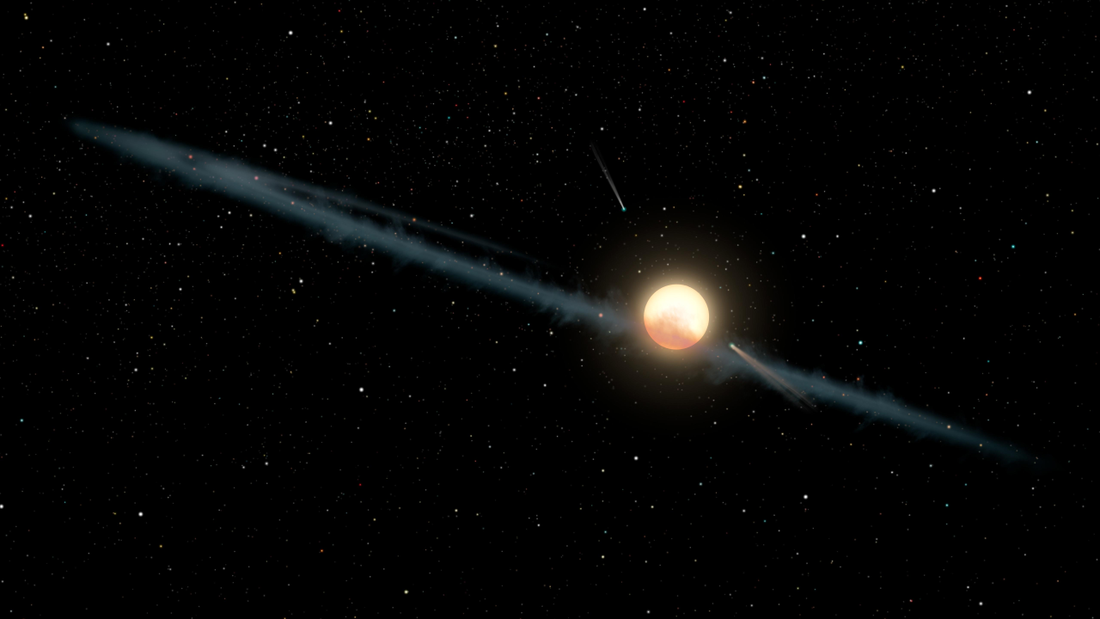Top Qs
Timeline
Chat
Perspective
List of stars that have unusual dimming periods
From Wikipedia, the free encyclopedia
Remove ads
This list contain stars that had periods when their apparent magnitude dropped in a way that is not typical of any class of variable stars. Most of these dimming events happened due to an occultation by a dust cloud or dust disk, but many remain without explanation.

List

Tabby's Star (KIC 8462852) – Consolidated plot of all known dimmings (1 March 2020)
Remove ads
See also
- BD+20°307
- Disrupted planet
- Ecliptic Plane Input Catalog (EPIC)
- Gaia16aye
- List of transiting circumsecondary disks
- Lists of astronomical objects
- List of semiregular variable stars
- Lists of stars
- List of variable stars
- Search for extraterrestrial intelligence
- WD 0145+234 (star disrupting an exoasteroid)
Notes
- Assuming membership to Cepheus OB1
- ASASSN-21js's temperature of 14800+4200
−2800 K lies within the temperature range for B-type main-sequence stars.[49]
References
External links
Wikiwand - on
Seamless Wikipedia browsing. On steroids.
Remove ads
